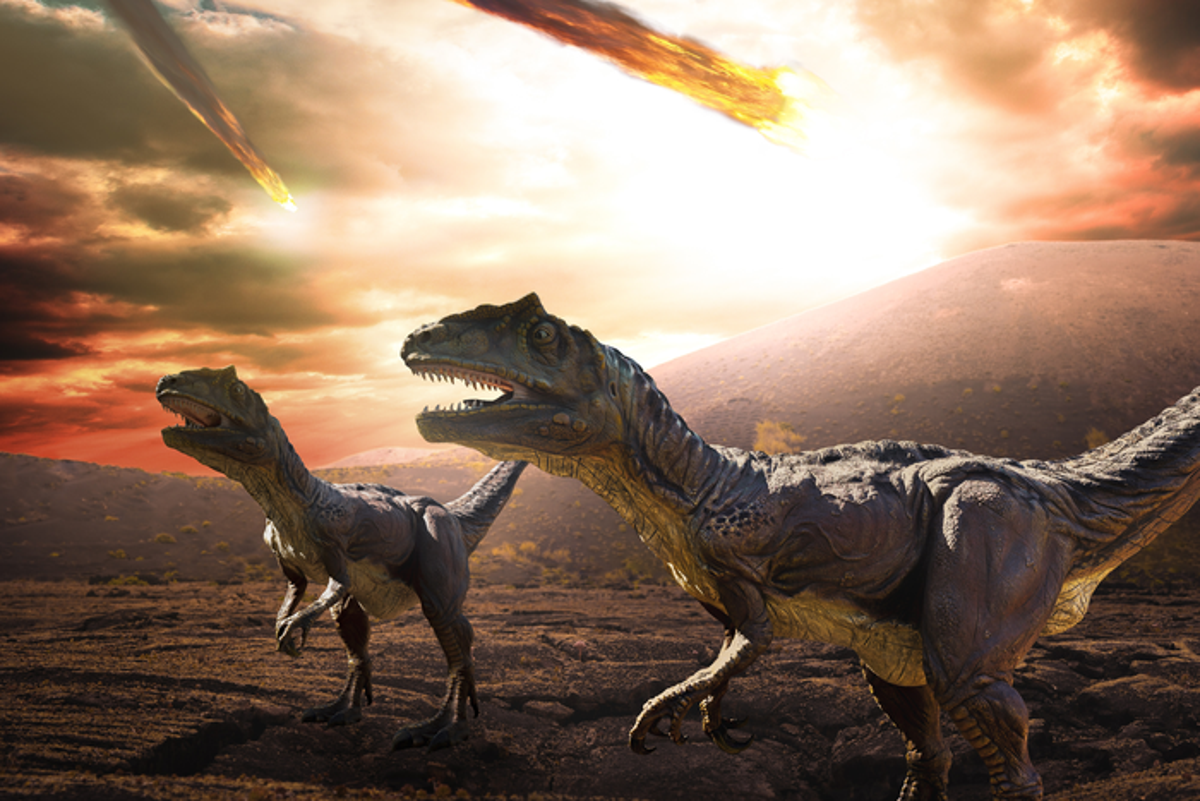Dinosaur-killing asteroid impact triggered mega earthquakes that shook Earth for ‘weeks to months’

The asteroid impact that led to the mass extinction of dinosaurs about 66 million years ago also triggered massive earthquakes across the planet that lasted for “weeks to months,” according to new research.
The study, presented at the Geological Society of America Connects on Sunday, assessed the aftermath of the Chicxulub asteroid impact and found that it released massive energy, enough to generate gigantic earthquakes of over 10 magnitude.
Researchers, including those from Montclair State University in the US, say the asteroid strike that formed a crater of 180 - 200 km in diameter in the Yucatan Peninsula in North America also triggered mega-tsunamis.
In the study, scientists analysed geological records pertaining to this time period in sedimentary sample sections from Colombia, Mexico, and the US.
They found that the sediment deposits from this time period were affected by soil liquefaction, which happens when loosely packed sediments near the ground surface lose their strength due to seismic activities.
Researchers also found evidence of soft-sediment deformation and disruption in geological samples from this time period in the studied regions.
These findings illustrate the magnitude of seismic activity as a consequence of the Chicxulub asteroid impact, and also reveal signs of Earth’s plate tectonic changes, researchers say.
The new discovery also mirrors recent research, published in the journal AGU Advancesthat the Chicxulub impact triggered a global “metre-high” tsunami waves, the likes of which have not been seen since.
The waves were “30,000 times more energetic” than any modern-day tsunami, the study noted.
“Areas closer to the impact saw waves as high as 30 to several hundred metres, which resulted in a lot of coastal flooding,” Molly Ranger, one of the study’s authors told The Independent last week.
This study found that within the first ten minutes of the asteroid impact underlying bedrock of the Earth, sediment, and ocean was displaced tens of kilometres above the atmosphere, and also in the other direction, tens of kilometres below the Earth’s surface.
The latest findings provide evidence that the space rock impact released energy equivalent to 1023 joules – about the power of 10 billion atomic bombs of the kind used in World War II – triggering the “biggest earthquakes” experienced by our planet during this era.
“The results prove intense seismic activity for weeks to months after the bolide impact,” scientists wrote in the research abstract, presented at the conference.

